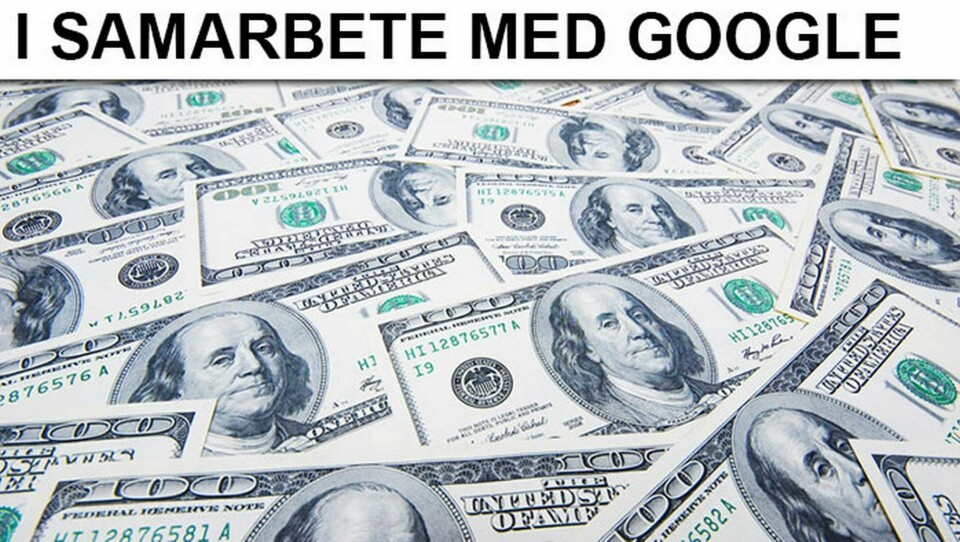Lediga jobb
-

IT-specialist SCADA EMS
-

Projektstöd AMS – Arbete med spänning
-

Specialist skyddsanalys material - Eskilstuna
-

Specialist systems engineering - Eskilstuna
-

Mediaingenjör till Isover, Saint-Gobain, Billesholm.
-

Enhetschef till Främmande underrättelseverksamhet
-

Driftledare Underhåll till helautomatiserad återvinningsanläggning
-

Utredare PSA inom systemteknik
-

Projektledare inom säkerhetsskydd
-

Teknisk projektledare inom säkerhetsskydd

















































